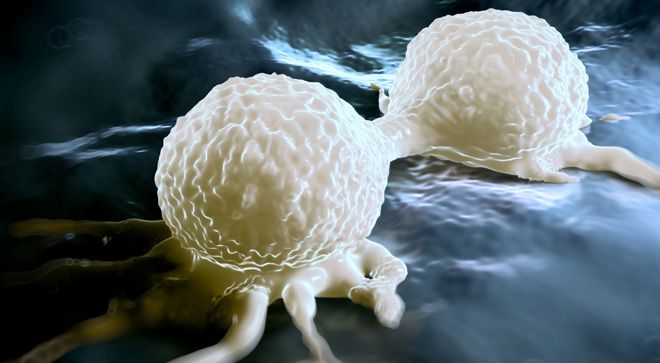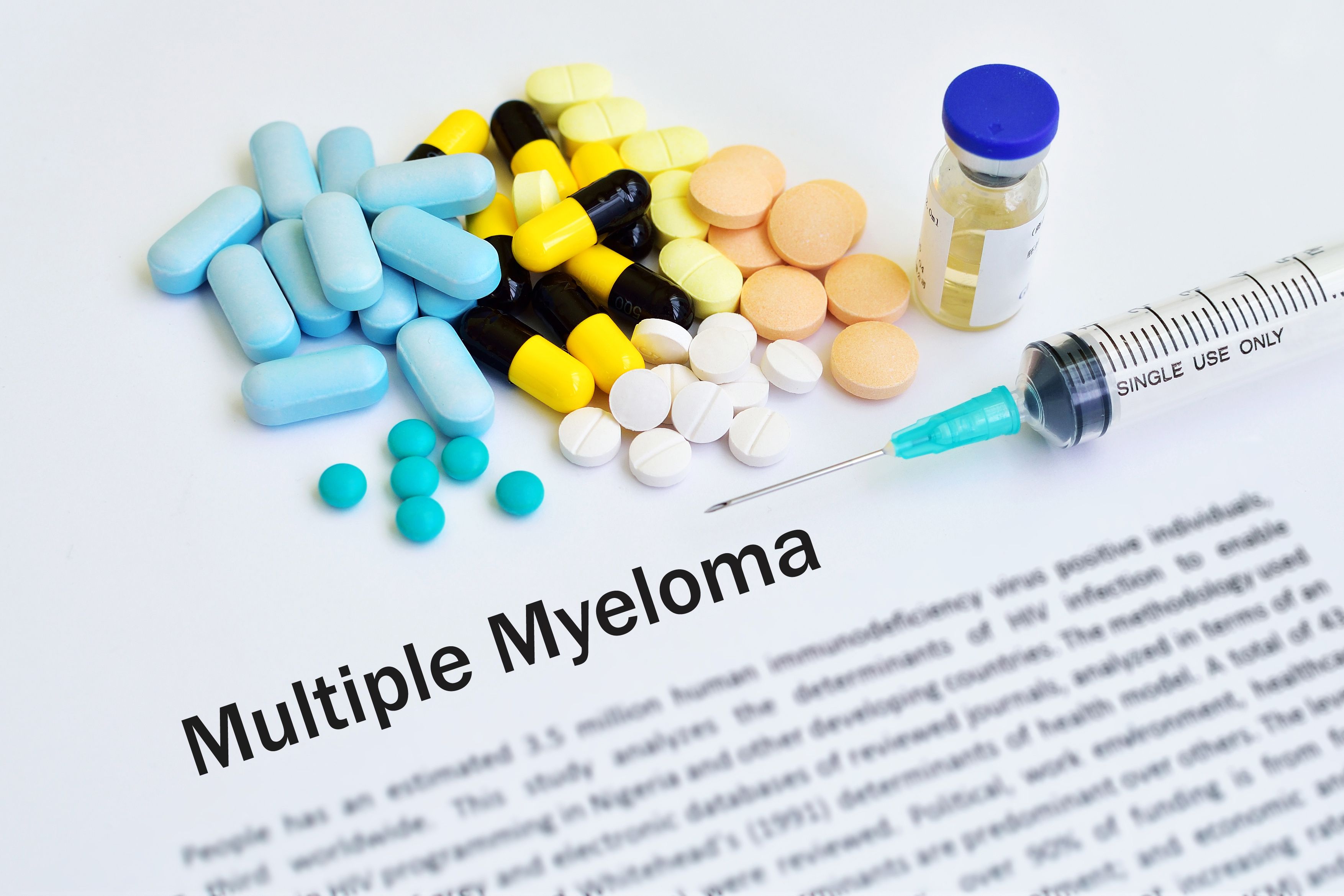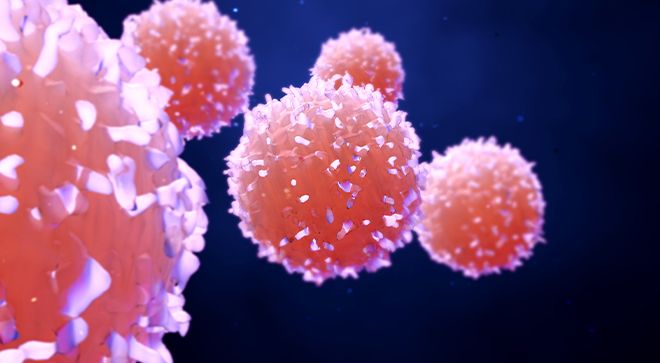Article
Assessing Unique Patient Characteristics Critical in Deciding Therapy Options for Early Relapse Myeloma
Author(s):
An expert discusses the treatment options that patients with early relapse myeloma have to treat their recurrent disease, which often follows a cyclical pattern.
Several new therapies have emerged as treatment options for patients with early relapse myeloma, which emphasize the importance of assessing each patient’s unique characteristics before deciding upon the best option, according to an expert at CURE®’s Educated Patient® Multiple Myeloma Summit.
In his presentation, Dr. Saad Z. Usmani, chief of the plasma cell disorders division and director of clinical research in hematologic malignancies in the department of hematologic oncology and blood disorders at Levine Cancer Institute in Charlotte, North Carolina, discussed how far the treatment of patients with early relapse myeloma has come and where it might go in the future. CURE® also spoke with Usmani to learn more about these developments and how these patients can benefit from them.
CURE®: What is on early relapsed myeloma and how does it differ from other types of myeloma?
Usmani: Early relapsed myeloma is generally considered within one to three prior lines of treatment. So, patients who have had their myeloma diagnosed, they got their first line treatment with induction therapy with or without stem cell transplant and then generally are on maintenance. Depending on the kind of disease they have, whether it's standard, intermediate or high risk, they have a certain time of remission period before the myeloma acts up and requires treatment. It's that early (or) the first few lines of treatment that are considered early relapse.
That specifics space did not have many options a decade ago. But we are kind of in a situation where we have a lot of different options, so having a conversation around what would be the most appropriate choices for different kinds of settings is what will entail this particular talk that I (gave) at the summit.
Q: What's the occurrence rate, and is this common?
A: It's a continuum. Myeloma is considered a disease that has a relapsing, remitting kind of a course. Patients go into remission and then fall out of remission. At that time, they're called relapse. Myeloma is not something that goes away and never comes back. (The) majority of our patients actually have a relapse at some point or fall out of remission at some point and require treatment.
Q: Once a patient is determined to have early relapse or refractory myeloma, how are they treated?
A: A few lessons we've learned is (that) not every patient (with myeloma) is the same. The pattern with which they are going to be relapsing or coming out of remission is going to be different. For some patients, it's going to be a slow process of the myeloma labs rising over time. For others, they may be more symptomatic, the change may be more drastic and happen over a few weeks or a month or two. You have to gauge all of that as you're trying to decide when to change treatment.
In terms of the treatment options, you also have to consider the treatments that they're currently on or have received in the past, what kind of side effects they had short term as well as long term, what kind of health care problems or medical conditions they have because some of the choices of treatments may not be best suited for certain kinds of patients. You put all of that together and then decide, all right, now patients need to be treated for their relapsed disease.
In terms of options, what we've learned is most of the three drug combinations that have been examined in phase 3 trials are better than two drug combinations. Myeloma is a heterogeneous disease, so combination chemotherapies would be the right way of choosing treatments.
Q: Even though we made a lot of progress in the past 10 years, what type of progress do you see happening in the next 10 years or even a shorter amount of time?
A: I think most of the patients will be getting three drug combinations in one way or form knowing that we need multiple mechanisms of actions to control disease for the most part, but then I think a lot of antibody-based therapies are going to be utilized either by themselves or in combination with other antibody-based treatments. These will include monoclonal or naked antibodies, antibody drug conjugates, bispecific antibodies. And then for a big subset of patients, we might even see the CAR T-cell therapies that are currently being examined in late relapse myeloma … come into this early relapsed space as well.
Q: What do you want patients to learn from your presentation?
A: I think that the key message is not every patient is the same. You have to look at the unique characteristics of each patient's disease, their health condition and how they've handled previous treatments in making a treatment decision for them. In the past, when we did not have many options, we couldn't have this discussion, but now we can. Then pick the treatment in conjunction with speaking to your particular physician that suits your needs the best with the goal of staying in remission for the longest duration of time with that particular therapy.
This interview has been edited for clarity and conciseness.
For more news on cancer updates, research and education, don’t forget to subscribe to CURE®’s newsletters here.




